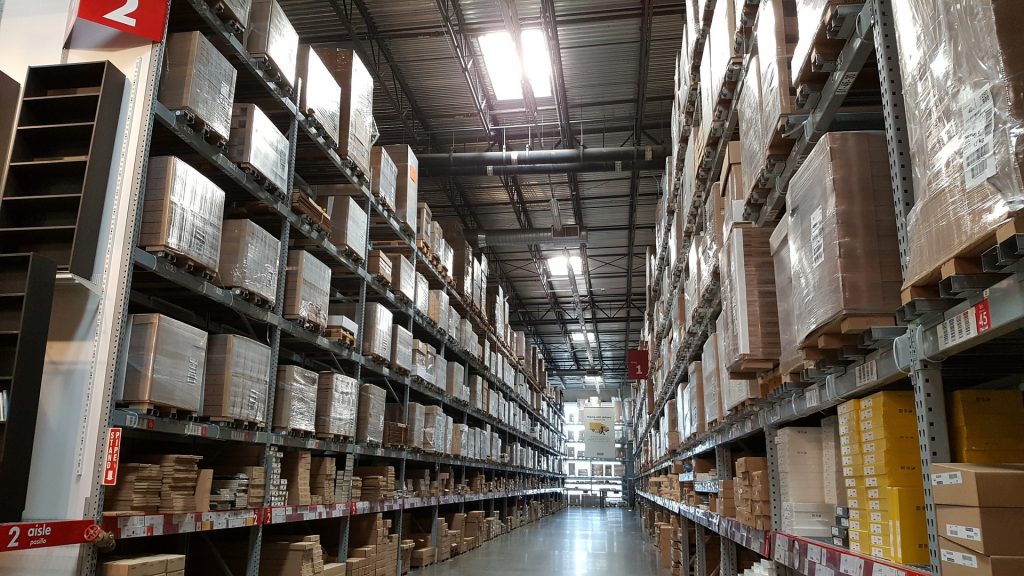
Logistics is the process of delivering goods or services from one place to another and also unloading and unpacking of cargo. Logistics management forms part of the supply chain management.
Logistics cost is a combination of:
- Coordination
- Packaging
- Loading & unloading
- Transportation
- Security (insurance, locks, seals, security guards)
- Taxation
- Delivery coordination
If you own a logistic company, a closer look and analysis of certain aspects of your business can help you reduce expenses.
Freight

A first rule is checking and investigating invoices for freight. There are always hidden details that can make a difference to the bottom line of a small business.
Managing Logistics Costs
Companies need to manage their logistics with a balance between cost and performance since the lowest-cost transportation path is not necessarily the fastest. Logistics costs relate to the charges for various transportation methods, including train travel, trucks, air travel, and ocean transport. Additional logistics costs include fuel, warehousing space, packaging, security, materials handling, tariffs, and duties.
Inventory controls

Making sure you know what you have on stock and where it goes. It sounds banal, but many businesses are not aware of how many things go missing from one hand and how much junk is taking storage space. Tiny businesses often believe that one can manage without stock control, but then anyone can move, take, or add things to stock without your knowledge and record. This can be a serious leak of funds. Large businesses, on the other hand, can lose sight of the warehouses and end up storing old equipment and marketing materials. This takes space, and when there is an increase in business activity, and you need to stock more, no space is left. It causes immediate and long term issues like damaged stock or the decision to move to a bigger facility.
Know the costs
Knowing the full cost of the product supply chain. It is more complex, but companies often calculate the production cost and the materials costs but do not include the supply chain complexity and expenses it can add. For example, overseas purchasing, import/export regulation, delivery to the customer all can make a huge difference to the bottom line, especially if they go wrong.
Automation
Automated processes lower manpower needs, which helps reduce costs. Lower reliance on manpower also reduces the probability of errors, which again helps keep a check on the costs.
Today’s logistics companies face the challenge of having to provide high-quality services while keeping costs low. With proper planning and training, logistics companies can reduce costs.
